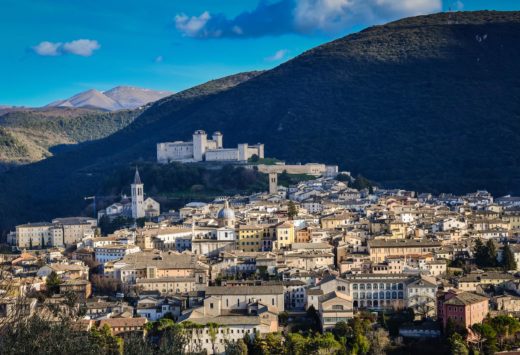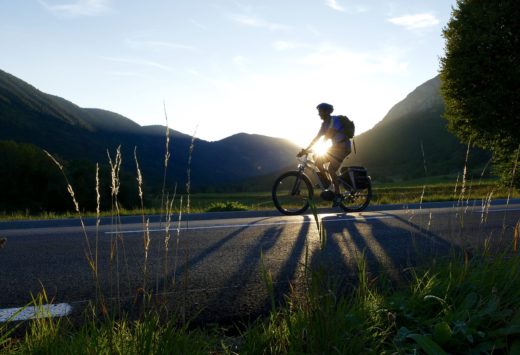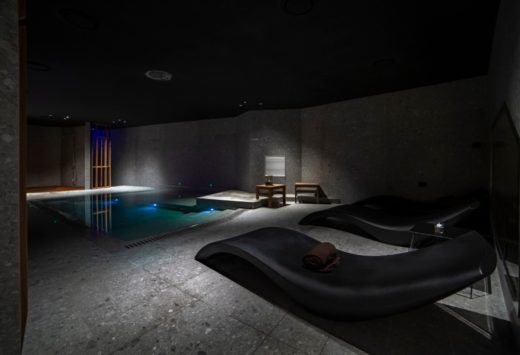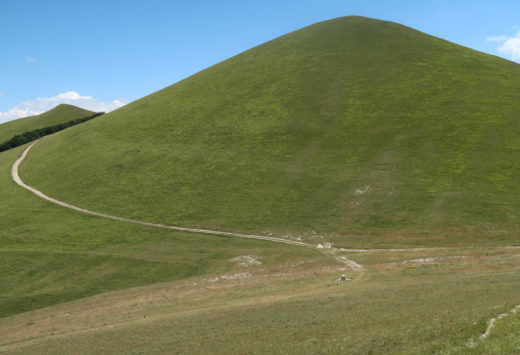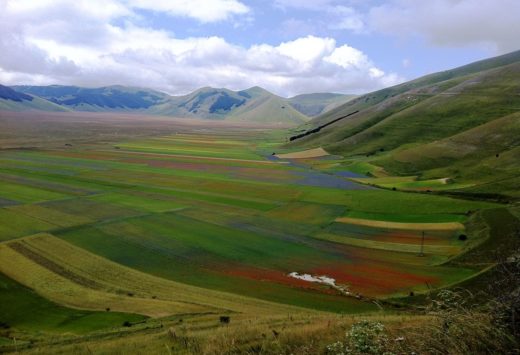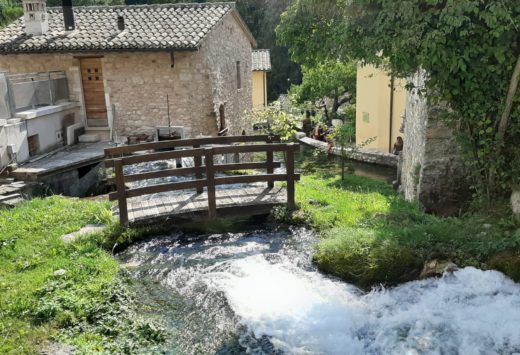Discover Sellano with us
The very small “borgo” of Sellano sits at 640m (1920 ft) above sea level, nestled in one of the most picturesque panoramas of the Umbrian Apennine Mountains and lulled by the waters of the Vigi stream that flows into the Nera River.
Historians have long debated the origins of its name. Some connect it with the Syllinate population mentioned by Pliny in his Naturalis Historia, people who could have been members of the Roman gens ‘Suilla’or Suillates; other historians claim the hamlet took its name from the Roman warlord who founded it – Lucio Cornelio Silla – who sought refuge here with his companions in 89 BC after the battle against Spoleto during the first civil war; modern tradition holds that it refers to the word “sella” (saddle) used to describe the mountain pass on which the Archangel Michael stands, which is depicted on the town’s crest.
Whatever the truth, what is certain is that this settlement existed in Roman times and retained a significant importance throughout the Middle Ages thanks to its strategic position along the road that crossed the valley and led to Foligno and Spoleto. In the 1300s Sellano became a feudal community under the Collicola family, lords from Montesanto, but it struggled long and hard to gain autonomy to govern itself. These struggles ended tragically in 1522 with a failed organized insurrection against Spoleto. Then for centuries it remained under jurisdiction of the town of Spoleto and under the papal state until modern times, when in 1860 it was annexed to the newly formed Italian state along with several smaller hamlets in its territory (Cammoro, Postignano, Apagni, Montesanto and Orsano).
Today Sellano still enjoys the pure uncontaminated nature typical of mountain living; its sustenance comes straight from the surrounding territory: wood, coal, vineyards, fruit orchards, livestock raising and cultivations of grains are the wealth of this area along with traditional crafting of fine work tools, marketed around central Italy since the 1700s.
Such a pure and fertile land, it will surely astound your eyes with its most incredibly beautiful natural panoramic frame, it will tickle your taste buds with the delicious strong flavors of its typical foods, and it will pluck your heartstrings to see how devoted the people are to their patron saints.
If you can choose, visit Sellano in June or July when pilgrims from all over the world hike along the mystic trails that lead from the town center up to the old hermitages of Saint Giolo and Saint Paterniano. Or go in August when the local festival Sagra della Fojada e della Attorta fills the streets with enticing smells of local dishes.
The Fojada is a savory puff pastry filled with cheese and vegetables, and the Attorta is also a puff pastry filled with figs, grapes and nuts. Enough to make your mouth water!



